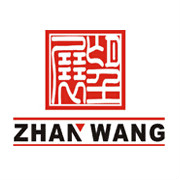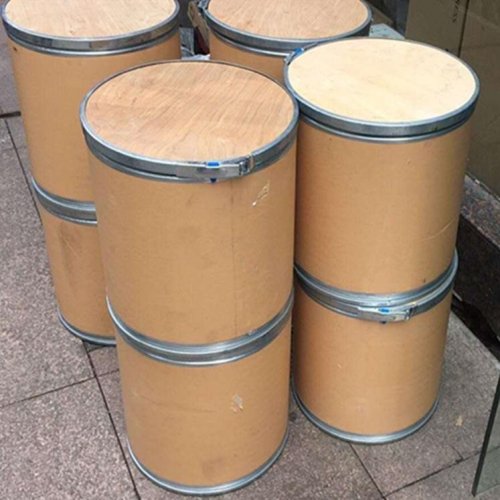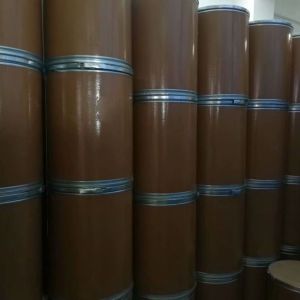Microcrystalline Cellulose(MCC) |
Product model | Average particle size | purpose | Bulk density g / cm ³ |
ZW-101 | 80μm | It is suitable for wet granulation and has good compressibility | 0.26~0.36 |
ZW-102 | 120μm | It is suitable for most direct tablet pressing drugs and has good fluidity and compressibility | 0.28~0.33 |
ZW-105 | 25μm | It is very fine and tastes good. It can be used together with flavoring agent to mask the taste | 0.20~0.26 |
ZW-112 | 50μm | Lower moisture content (< 1% and 3%, respectively) | 0.38~0.48 |
Suitable for water sensitive active ingredients. |
ZW-301 | 65μm | It is suitable for wet granulation and has good fluidity | 0.33~0.45 |
ZW-302 | 80μm | It is suitable for filling most capsules and has good fluidity; | 0.35~0.48 |
It is especially suitable for high-speed tablet pressing and high-density active ingredients. |
♪ microcrystalline cellulose is widely used in pharmaceutical preparations, mainly as adhesive or diluent in oral tablets and capsules. It can be used not only for wet granulation, but also for direct tablet pressing. In addition to being used as adhesive or diluent, microcrystalline cellulose also has certain lubricity and disintegration, so it is very useful in tablet preparation.
♪ microcrystalline fiber can also be used in cosmetics and food.
Application in pharmaceutical preparation or preparation technology
Preparation use | Recommended dosage (%) |
Adsorbent | 20~90 |
Anti adhesive | 5~20 |
Capsule adhesive or diluent | 20~90 |
Tablet disintegrating agent | 5~15 |
Tablet adhesive or diluent | 20~90 |
It is compatible with almost all raw materials
Widely used in the treatment of metabolic diseases (hyperlipidemia, diabetes, hypertension); prescriptions for antibiotics and antiviral drugs.
◎ at present, 70% of the prescriptions passing the consistency evaluation use microcrystalline cellulose as filler and direct compression material
Product special purpose
◎ in recent years, with the emerging of CO treatment excipients, microcrystalline cellulose can be co treated with silica, which can reduce the tablet weight / thickness and simplify the process in the application of preparations.
◎ there are also commercial products co treated with microcrystalline cellulose, guar gum, cross gum and sodium carboxymethylcellulose.
At the same time, adding some microcrystalline cellulose in some prescriptions changed the sustained-release properties of hydrophilic gel matrix sustained-release tablets.
Microcrystalline cellulose is mainly used as non caloric food additive, pharmaceutical excipient and dispersant, thin layer chromatography and column chromatography filler, dye and pigment carrier, thermosetting resin and thermosetting laminate reinforcing filler, coating, emulsifier. It can also be used in water-based paint and ceramic industry.
IUPAC
(6S)-2-(hydroxymethyl)-6-[(3S)-4,5,6-trihydroxy-2-(hydroxymethyl)oxan-3-yl]oxyoxane-3,4,5-triol
SMILES
C(C1C(C(C(C(O1)OC2C(OC(C(C2O)O)O)CO)O)O)O)O




























